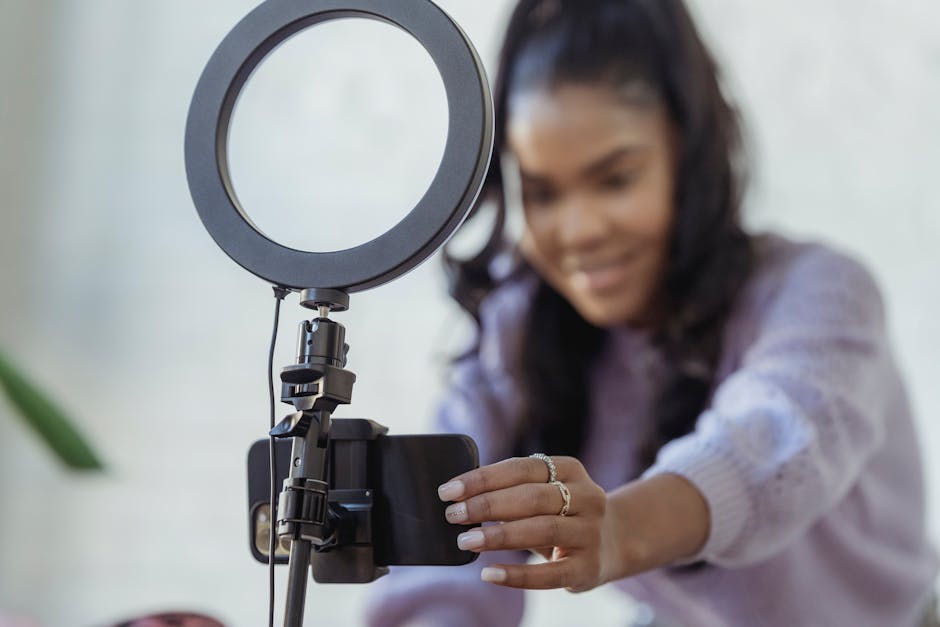
LGBTQ+ Representation in Media: The Power of Visibility and Inclusive Storytelling
LGBTQ+ Representation in Media: The Power of Visibility and Inclusive Storytelling
Over the years, LGBTQ+ representation in media has steadily gained momentum, bringing with it a new era of visibility and inclusive storytelling. This increasing representation holds immense value, as it allows individuals from the LGBTQ+ community to see themselves reflected and validated in various forms of media.
By having LGBTQ+ characters, storylines, and plot arcs in movies, TV shows, books, and other forms of media, creators have the power to shape narratives that promote acceptance, empathy, and understanding. Media platforms act as a window through which society can witness the diverse experiences of the LGBTQ+ community.
One of the significant benefits of LGBTQ+ representation in media is the normalization it brings. When LGBTQ+ characters and relationships are portrayed authentically and without stereotypes, it helps break down barriers and dismantle harmful biases. It contributes to a more inclusive culture where diversity is celebrated rather than marginalized.
Moreover, LGBTQ+ representation in storytelling can be empowering for individuals struggling with their own identities. It provides them with relatable role models, showcases their experiences, and lets them know they are not alone. This sense of representation can profoundly impact self-esteem, mental health, and feelings of belonging.
There have been many notable milestones in LGBTQ+ representation across different forms of media. Movies like 'Brokeback Mountain,' 'Moonlight,' and 'Call Me By Your Name' have garnered critical acclaim while shedding light on queer experiences. TV shows like 'Pose,' 'Orange Is the New Black,' and 'Sense8' have also made significant contributions to LGBTQ+ representation.
However, while progress has been made, it is essential to continue pushing for more inclusive and diverse LGBTQ+ representation. This includes not just representation of gay and lesbian characters but also bisexual, transgender, non-binary, and queer individuals. It is crucial to present the multifaceted nature of the LGBTQ+ community and actively work towards breaking stereotypes and misconceptions.
In conclusion, LGBTQ+ representation in media holds immense power and provides a platform for visibility and inclusive storytelling. It plays a crucial role in fostering empathy, acceptance, and understanding within society. By telling authentic and diverse stories, media has the potential to shape cultural norms and challenge harmful biases. It is an ongoing journey that requires continuous effort from creators, audiences, and media platforms to create a world where everyone feels seen and respected.
